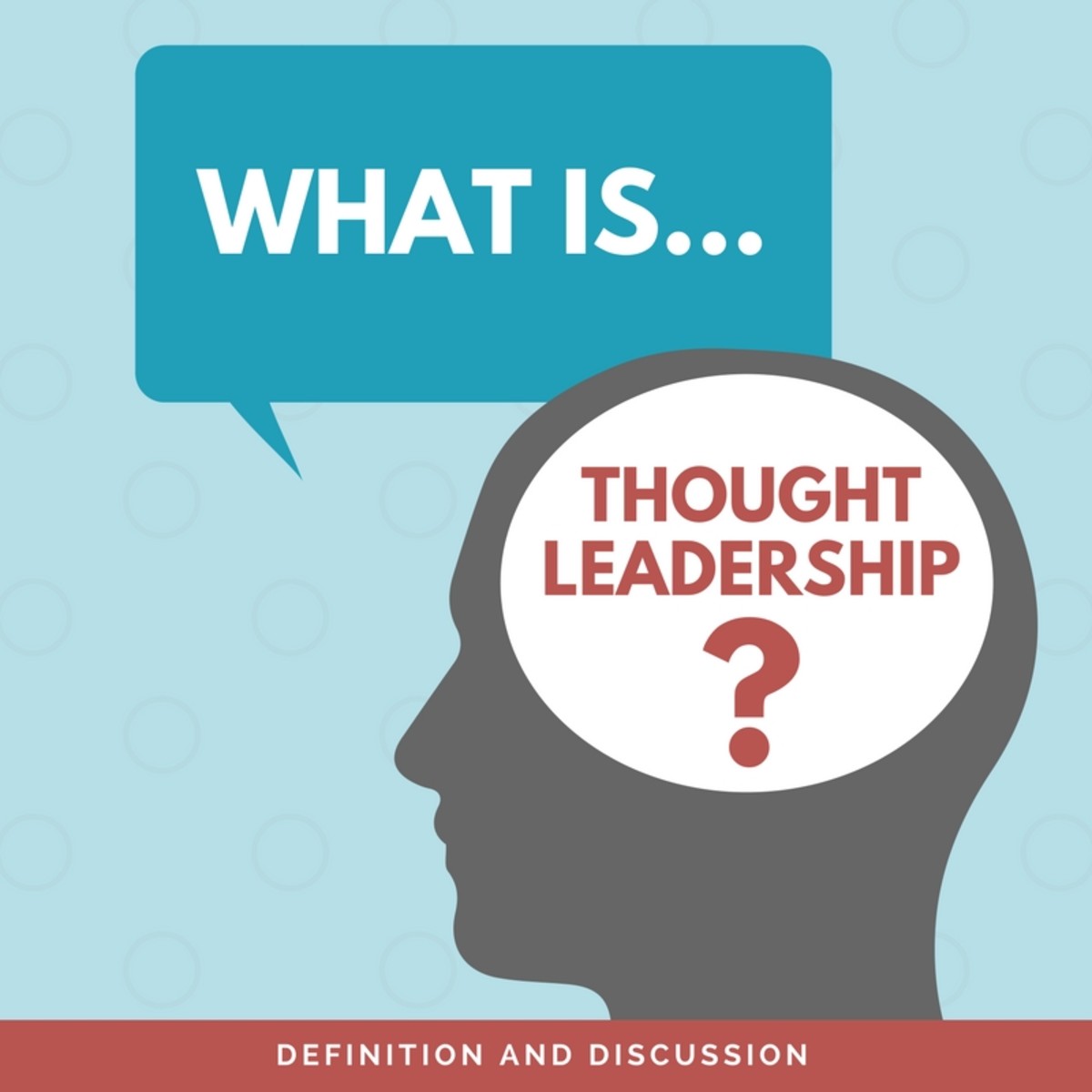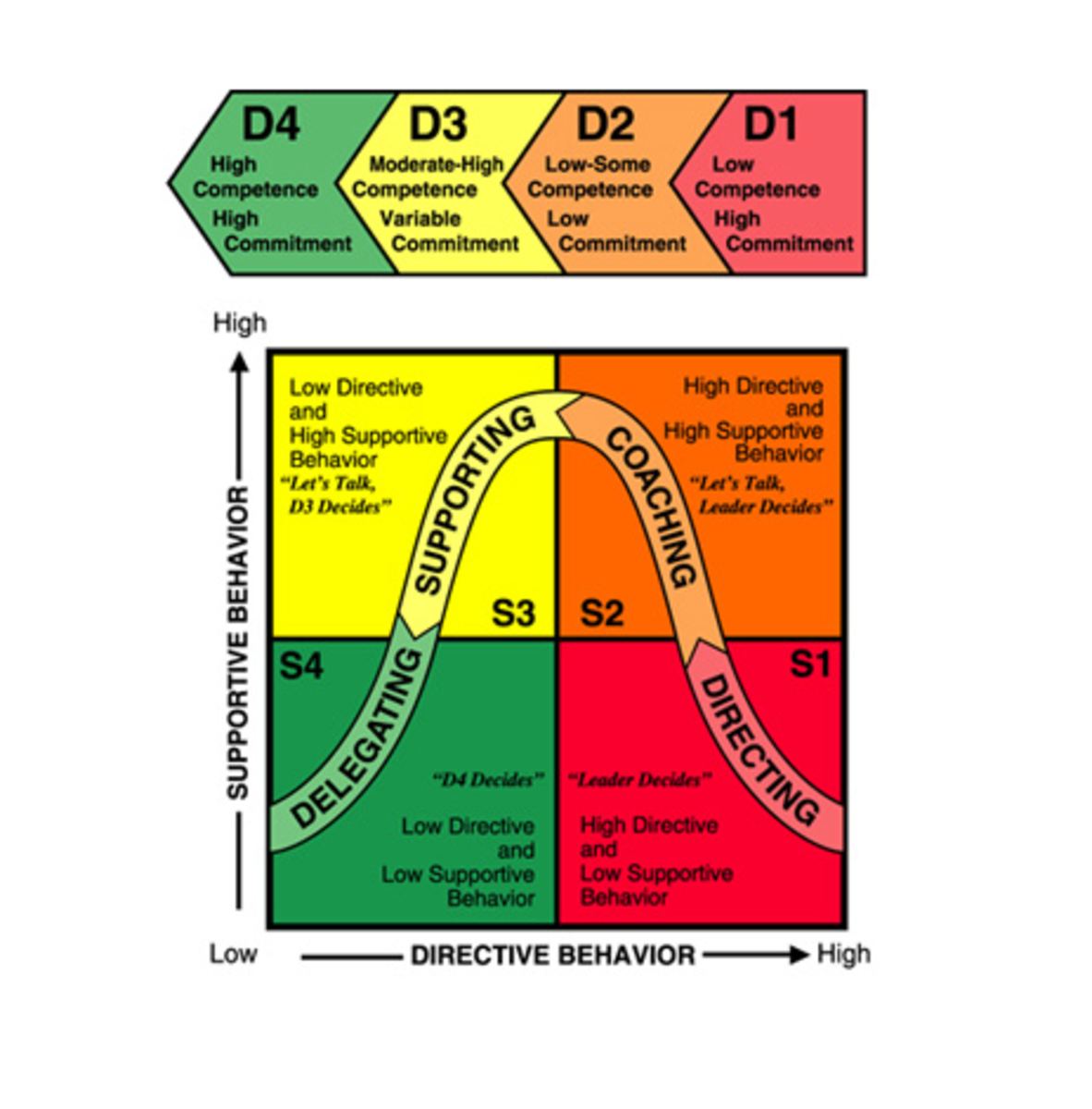Leadership Skills Training: Active, Effective Listening – Part 2

Non-verbal Communication
More is seen than heard. Non-verbal behaviors should show that the listener is focused entirely on the speaker. Non-verbal cues are powerful communicators that help leaders and followers to better understand each other. Leaders need to be able to “read” their followers’ non-verbal cues in order to tell what kind of mood they are in, which will assist them in how they adjust their duties and the way the leader handles and approaches issues throughout the day.
In fact, much of the meaning in messages is conveyed non-verbally, and when verbal and non-verbal signals conflict, people tend to trust the accuracy of the non-verbal signals more than the verbal. No one can be an effective listener without paying attention to non-verbal signals. This requires listening to more than just the speaker’s words themselves; it requires listening for feelings expressed via the speaker’s loudness, tone, and pace of speech as well as watching the speaker’s facial expressions, posture, and gestures.

It is important to be able to read and communicate non-verbal cues, but also a sign of a good listener are the non-verbal cues he emits. Showing one is listening can be done by using one’s body language and gestures to convey attention. This can be done through nodding or other facial expressions. Making sure posture is open and inviting helps.
Smiling is a powerful cue that transmits happiness, friendliness, warmth, and liking. Proximity should also be taken into consideration. Cultural norms dictate a comfortable distance for interaction with others. Some signs of discomfort for a communicator may be rocking, legs swinging, tapping, or gaze aversion. Encourage the speaker to continue with small verbal comments, such as “yes” and “uh huh.”
One of the most important non-verbal cues a listener can offer the speaker is eye contact. Eye contact shows interest. It helps regulate the flow of communication. It increases the speaker’s credibility. People who make eye contact open the flow of communication and convey concern and warmth.
The best way to go about establishing credible eye contact is to stop what is currently being worked on and look at the other person, acknowledging that his feelings and concerns are valid. Agreement with the speaker may not always happen, but a leader should at least show the speaker that he has a right to feel that way.
Non-verbal communication can often be more important than the actual words that come out of one's mouth. Be wary of non-verbal communication. It can tell you how your employees are really feeling on the subject.

Paying Attention
Non-verbal cues, such as eye contact, are not the only way to show interest during the conversation. A leader must show that the speaker has his full attention through reactions and behavior. Some of the greatest leaders are often described as making the other person feel as if the speaker was the only person in the world who mattered and that they were truly interested in what was being said.
Paying attention very carefully aids in the memory of what is being said. Leaders should try to mentally picture or take a mental photograph of what is being said for later recollection. Paying attention involves giving the speaker undivided attention and the acknowledging the message.
Noise impedes clear communication. Showing interest demonstrates a good listener. Also, a strong listener doesn’t think ahead, interrupt, or get lost in his own thoughts. Thinking only on the facts rather than the ideas presented can cause distractions.
Bright lights, an interesting person, unusual sights, or any other stimulus provides a potential distraction. Focusing on oneself rather than the other person can lead to confusion and conflict. This may involve overcoming the urge to respond immediately.
It’s important to listen before talking. To allow the speaker to fully communicate his ideas, the listener should not rush to offer advice or ask questions. An occasional question or comment is permissible in order to recap what has been said and communicates that what was said has been understood. However, comments or questions should remain open ended. The listener should concentrate on what is being said and not lose focus.
In order to avoid losing focus, the listener can try repeating the words mentally, which will reinforce the message. This involves being open minded. When a listener focuses on how people feel about what they are saying, the level of the leader’s true concern increases.

Reflecting
After the message has been clearly absorbed by the listener, he can reflect upon what has been said in order to form an appropriate reaction. Listening showed the other party that what was said was heard, and since a person thinks about four times the speed that he speaks, his brain has a lot of capacity that can be used to process the meaning of what has been said.
If emotions are running high, the listener would be advised to silently contemplate and recognize how to use the best words to address the situation. Certain words can cause the previous speaker to tune out what is being said or trigger a rebuttal.
Reflecting often involves deciding how to paraphrase what has been said in a person’s own words. This can be a challenge. Active listening requires waiting for the listener to be sure he fully understands what the speaker was trying to convey before responding.
A Person Thinks
| A Person Speaks
|
|---|---|
4 Times
| 1 Time
|
More Room in Your Head
| 4 Times less Than Your Thoughts
|

Attitude
Having an empathetic attitude during listening helps reflection stay on track with the conversation. Empathy is the ability to understand from another person’s perspective. It is a sincere way to get outside of oneself and into the head and heart of someone else.
By listening effectively, the speaker may be able to think through problems on his own, which in turn fosters confidence. Followers who are listened to are less likely to bottle things up. Active listening tells the speaker his feelings are legitimate.
When concerns are ignored, negative feelings may erupt. Instead, being open minded to someone’s suggestions can bring growth. Avoid being biased or judgmental. Often, one’s background, culture, and bias can change the message that is heard. Don’t judge the speaker until he has completed his message.
Responding
Respond appropriately. The purpose of feedback is to alter messages to show that the intention of the original communicator was understood by the second communicator. Be candid, open, and honest in your respond. Before responding, it’s a good idea to consider viewpoints and temperaments. Leaders may come across different interpretations based on different values and expectations.
Focus on the underlying meaning, that is, what the speaker is feeling and contemplate why he is saying the things he is saying. Avoid defensive behavior. This may occur if the listener feels threatened. Acting defensively may decrease followers’ subsequent willingness to pass additional unpleasant information on to the leader.
Also, paraphrasing should take place before the actual feedback does. Restating the sender’s feelings or ideas in the listener’s words is paraphrasing. This will give the speaker a chance to correct the listener’s understanding if needed.
Paraphrasing also actively communicates interest in what the other person is saying. It’s important to acknowledge how other people feel and try to avoid challenging their reasoning for why they feel that way. Agreement may not always occur, but acknowledgement should. Problem solving may need to be the next step as the conversation evolves.

Offering feedback comes in many forms. Evaluation means making a judgment about the worth, goodness, or appropriateness of the other person’s statement. Interpretation is attempting to explain what the other person’s statement means. Support is attempting to assist or bolster the other communicator. Probing involves attempting to gain additional information or to clarify a point. Understanding is attempting to discover completely what the other communicator means by his statements. A leader should think about how he could help the speaker. The leader shouldn’t rush to solve the problem. Followers feel self-confident when they solve their problems themselves.
Once the follower’s feelings and reasons have been acknowledged, their opinions on how the situation could be resolved should be solicited. This shifts them from complainer to problem solver. The leader can provide alternatives as well. When problems have been brought to the attention of the leader, they can be addressed and resolved. Many times when followers come to leaders to discuss problems, as they continue talking, they begin to solve the problem themselves, showing that merely the presence of the leader’s listening skills was influential on them.
Remember: There is a DIFFERENCE between listening and hearing!
|
|---|
Learning to Listen effectively to your employees can increase your chances at success.
|
Listening is the most important communication skill a leader can possess.
|
An effective leader knows how to read both verbal and non-verbal communication.
|
Conclusion
Finally, a follow up on the conversation may need to take place. If necessary, key points should be written down or a follow-up meeting should be scheduled. Active listening can be a learned art and should be mastered by leaders. Through patience and empathy, a leader can learn to put himself in the speaker’s shoes and create an open communication environment, where followers feel welcome to share. Leaders should build their listening skills to further their success. They should take their time to listen attentively, reflect thoughtfully, respond with care, and problem solve when necessary.
Effective Communication: Listening - Part 1
- Leadership Skills Training: Active, Effective Listening – Part 1
There is a difference between listening and hearing. Active listening can mean the difference between success and failure in the business world.








